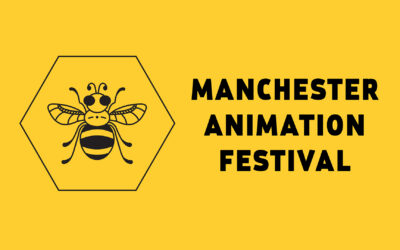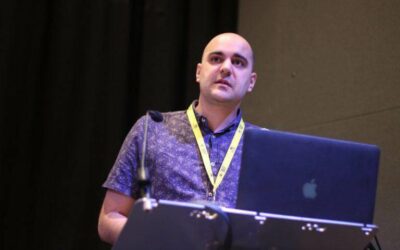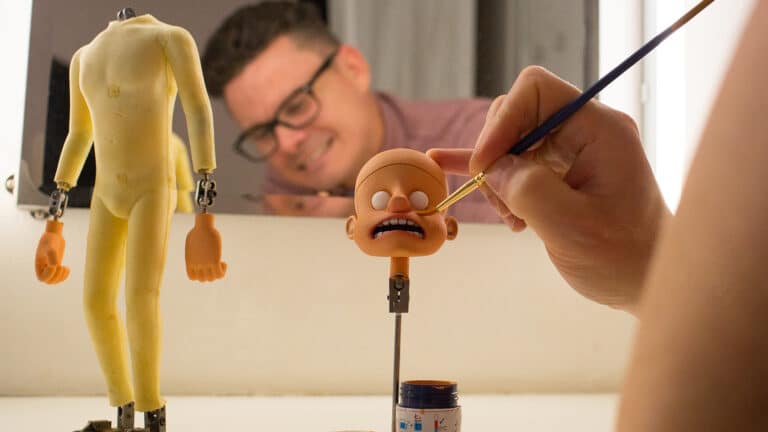Ahead of the the Manchester Animation Festival on 15th November, Festival Director, Steve Henderson has spoken about the challenges faced by the sector.
For the UK’s creative sector, 2020 has been an unexpected challenge. Film productions were forced to halt, physical collaborative working banned and any hope of a steady income plunged into a cloud of uncertainty – all overnight.
However as the dust started to settle, it became clear that not all creative industries were as adversely affected as others. With socially distanced working becoming the ‘new normal’, much of the animation sector suddenly found itself in a unique position to thrive.
London studios like Framestore set to work on SFX-heavy features, like DC’s Suicide Squad and 2021’s live-action-animation-hybrid Tom and Jerry Movie, while demand for the medium skyrocketed – with streaming threequel Trolls: World Tour earning more money in three weeks than its original took during five months in cinemas.
As film sets slowly inch their way back to life, animation continues to survive amid the chaos. So what is it about this creative and colourful industry that makes it so resilient to radial change?
“It’s the people,” Henderson told entertainment journalist Simon Bland.
“Animation is the world’s most collaborative art form, so when creatives get together – whether it’s to tell a story or to fix a problem – these teams of people are capable of anything.”











